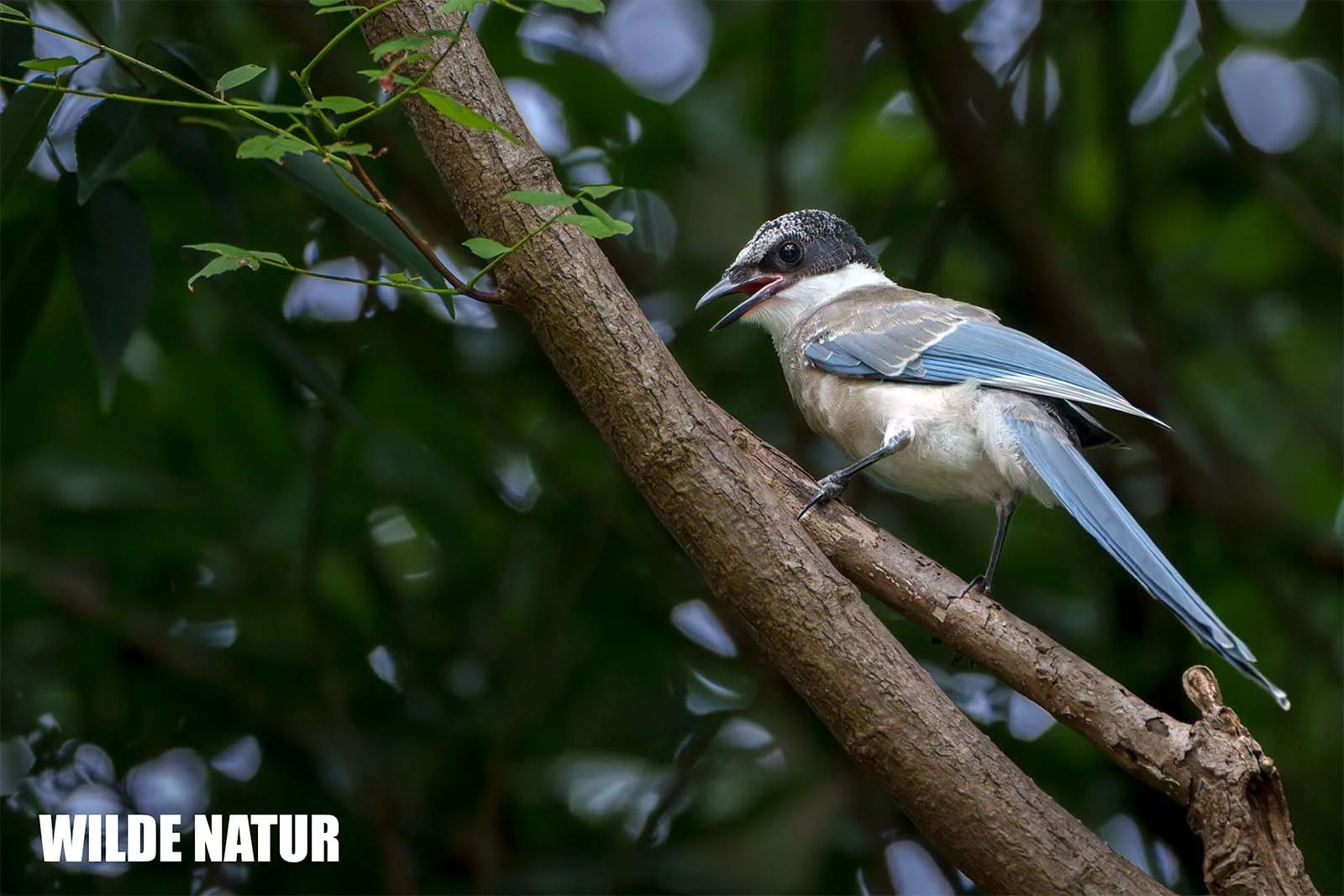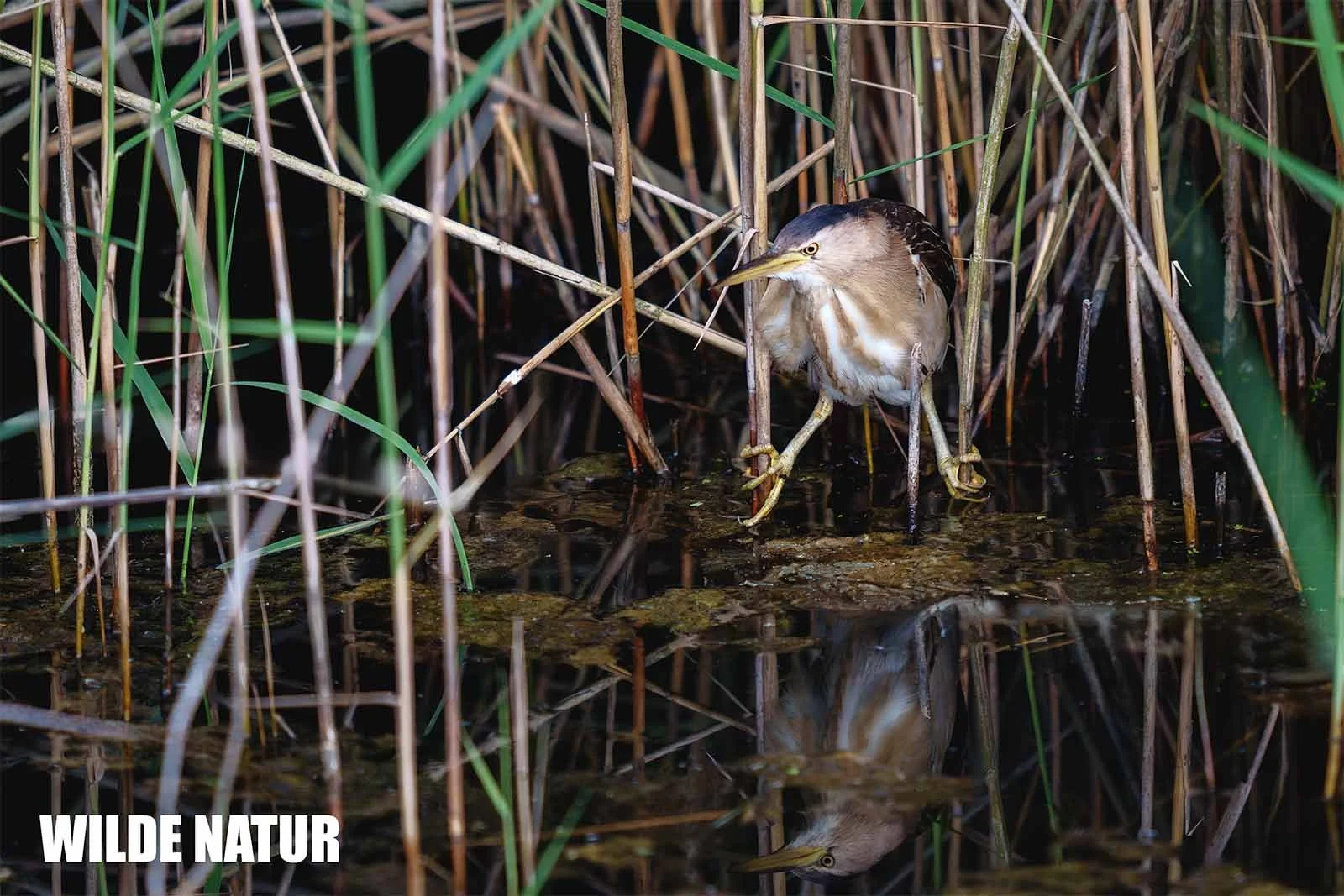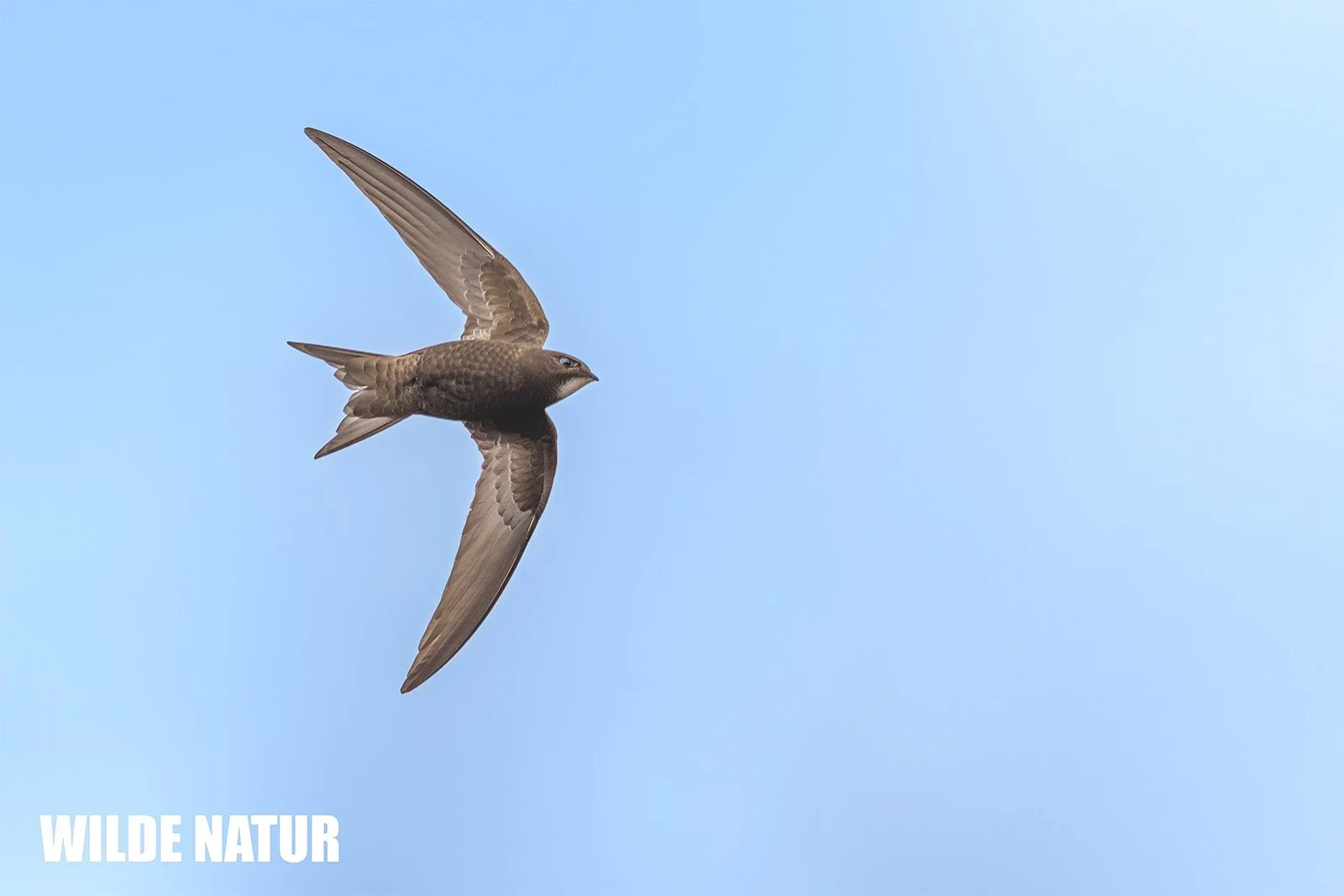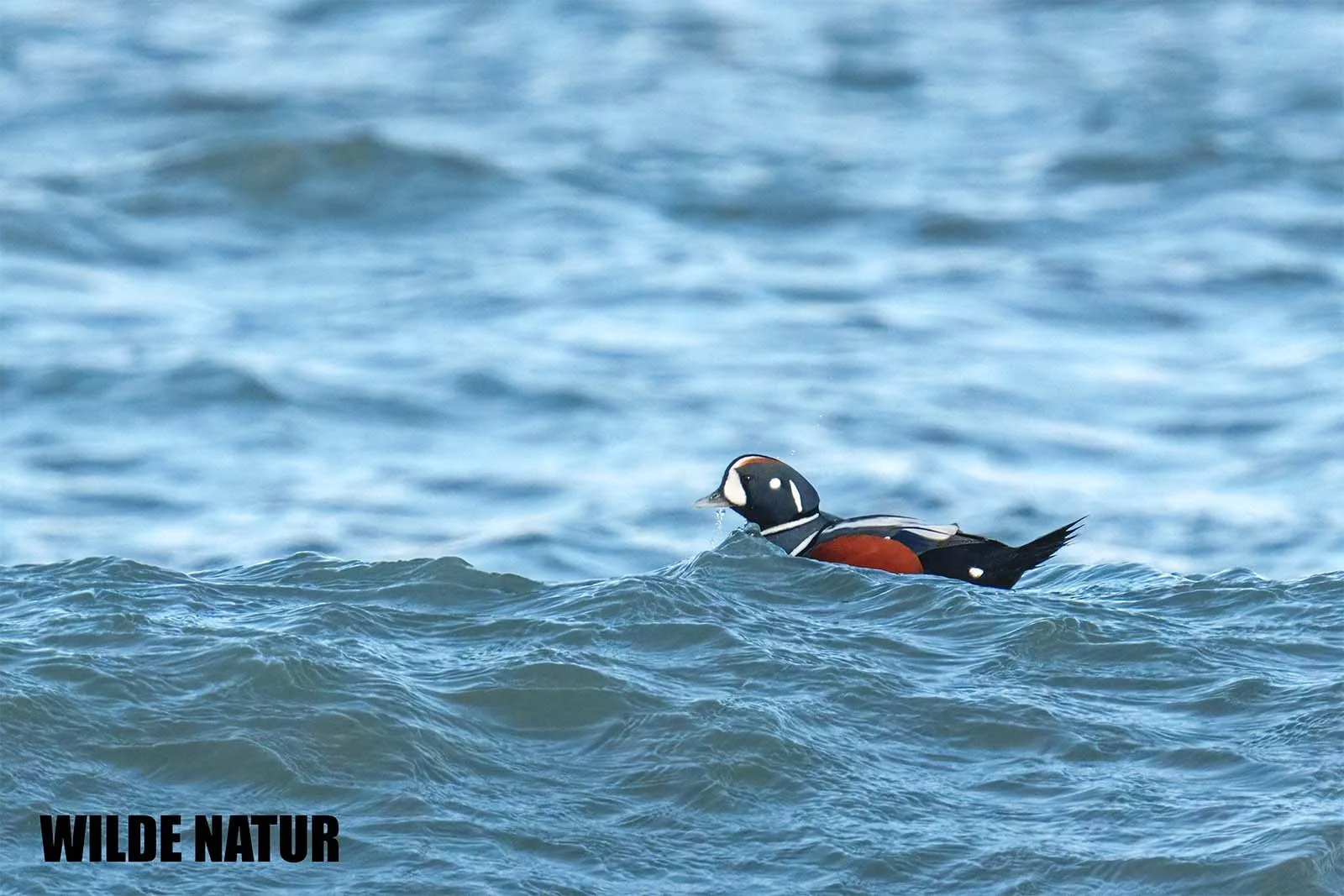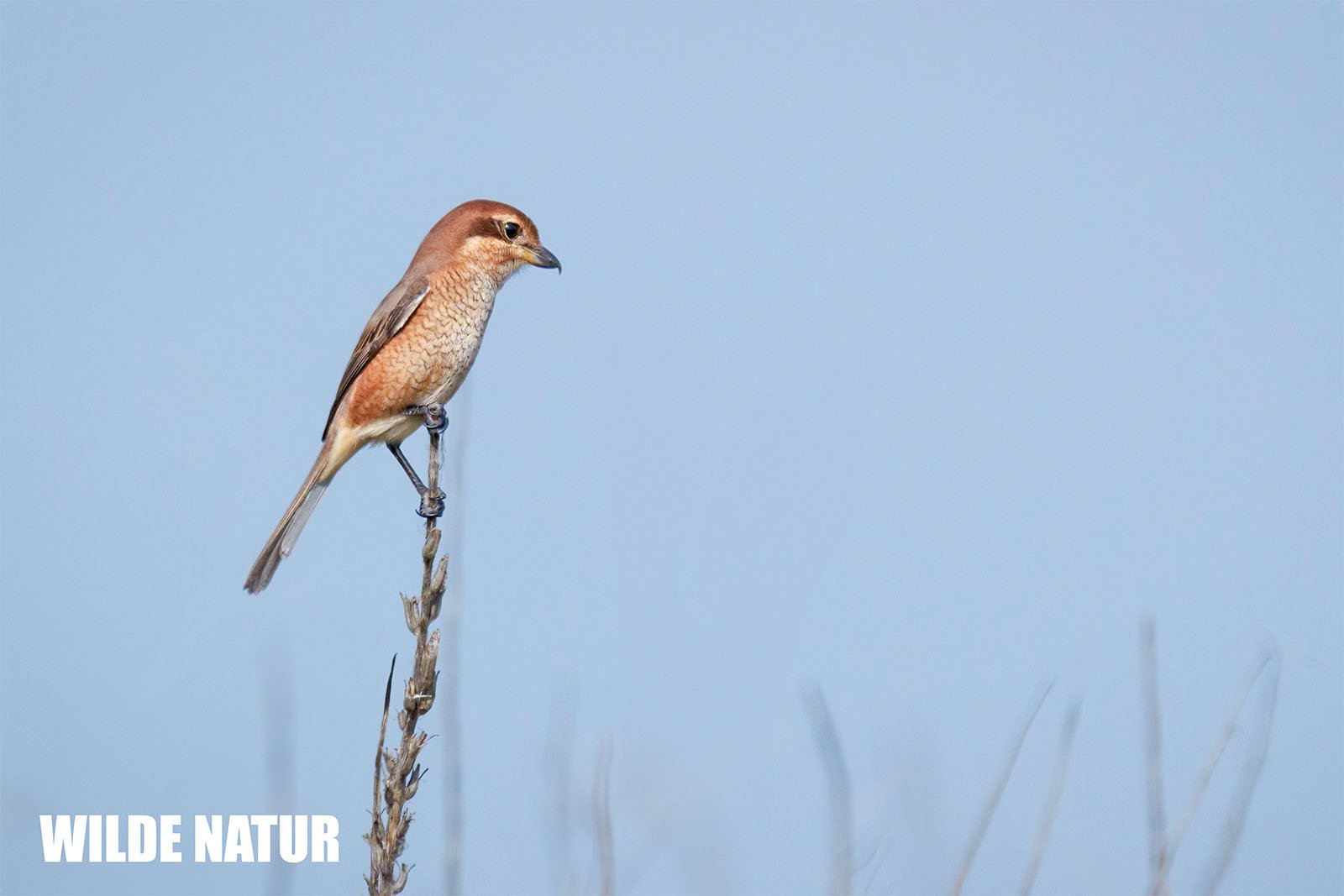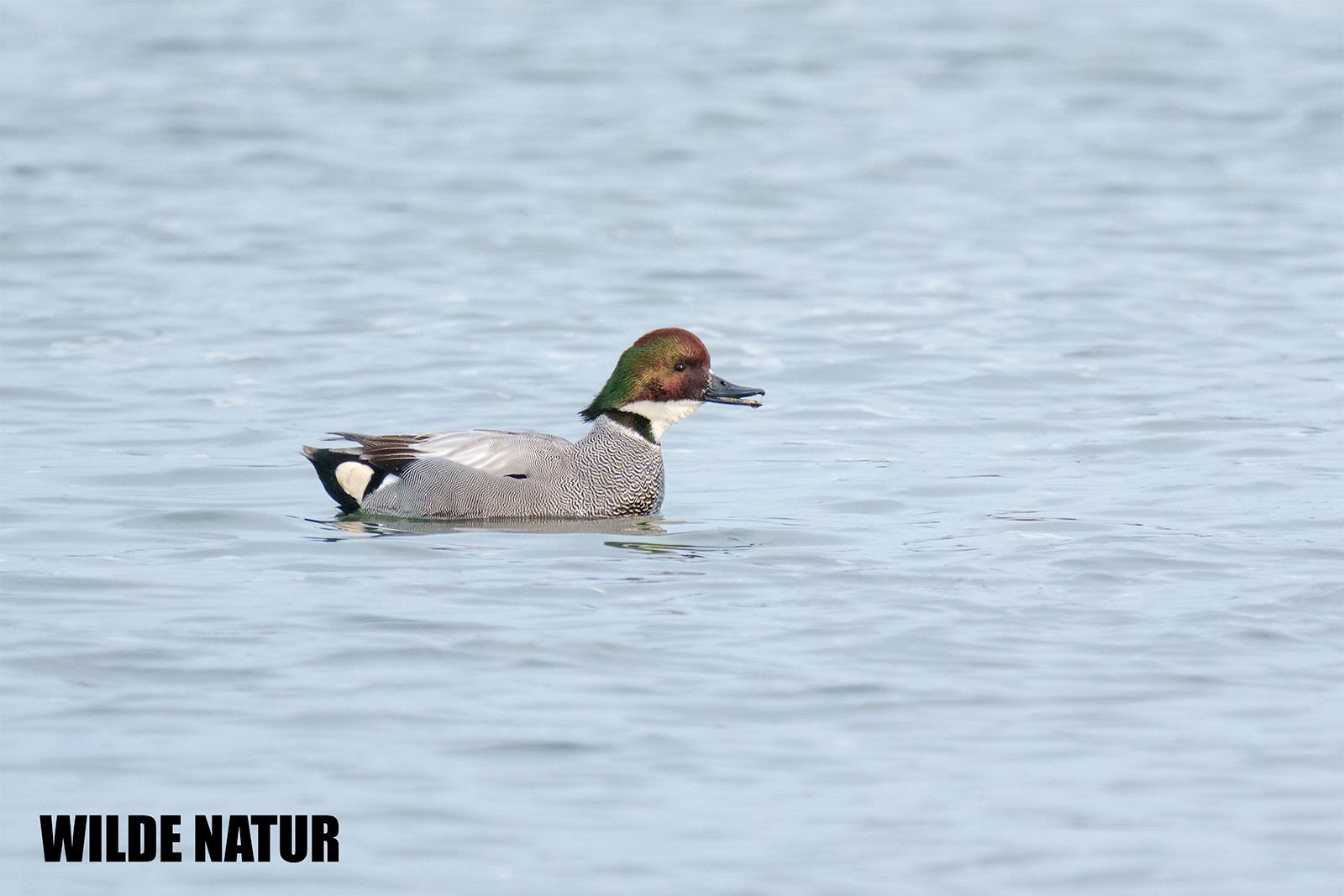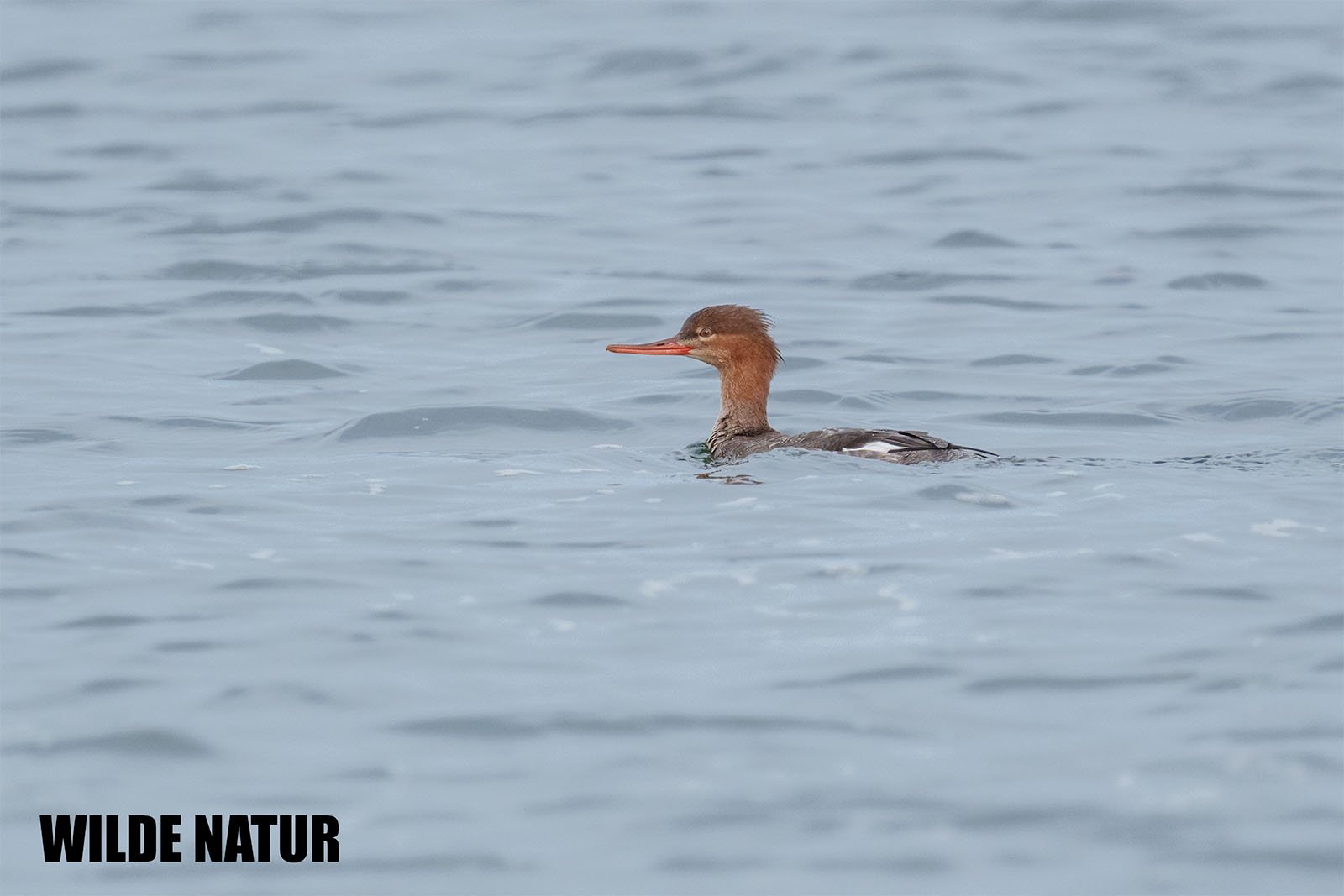Common buzzard (Buteo buteo)
Common buzzard (Buteo buteo) on a tree trunk, striking its strong, yellow legs with sharp claws
Common Buzzard (Buteo buteo) – The Versatile Hunter of the Skies
The Common Buzzard is one of the most well-known birds of prey in Central Europe. With its impressive wingspan and variable coloring, it is easy to spot for both experienced bird watchers and beginners. Thanks to its ability to adapt to different environments, the Common Buzzard is widespread across many parts of Europe.
Quick Facts:
- Size: 46–58 cm
- Features: Broad wings, short tail, variable coloring from dark brown to almost white
- Habitat: Forests with nearby meadows and fields, common across Central Europe
- Breeding: Builds nests near forest edges, repairs them every year
- Diet: Small mammals like voles, small reptiles, and carrion
Table of Contents
- Introduction: The Common Buzzard – A Highly Adaptable Bird of Prey
- Features and Appearance: How to Recognize the Common Buzzard
- Habitat and Distribution: Where the Common Buzzard Lives
- Behavior and Diet: The Patient Hunter
- Breeding: Nest Building and Care for Young
- FAQ: Common Questions About the Common Buzzard
- Shortlist – Key Features
1. Introduction: The Common Buzzard – A Highly Adaptable Bird of Prey
The Common Buzzard is the most common bird of prey in Central Europe. Its ability to adapt to different environments, along with its variable coloring, makes it a unique bird. You can often see it circling majestically over fields, searching for prey, or sitting patiently on a fence post, waiting for the perfect moment to strike. Its familiar "mewing" call is easily recognized and gives the bird a distinct voice.
2. Features and Appearance: How to Recognize the Common Buzzard
The Common Buzzard is known for its striking silhouette in flight and its highly variable plumage.
Plumage: The plumage of the Common Buzzard can vary greatly. Most birds are dark brown with a lighter chest band, but some are almost black, while others are much paler, almost white. Many have white spots on the chest, giving them a distinctive pattern. The tail is grey with dark horizontal stripes, which are especially visible in flight.
Beak: The short, strong beak is black and slightly curved, perfect for tearing apart small animals like mice and birds.
Eyes: The dark eyes of the Common Buzzard give it a sharp, watchful look. They are set deep in its head, adding to its focused and intimidating appearance.
Feet: The buzzard’s yellow feet are strong and equipped with long, sharp claws, which allow it to catch and hold its prey tightly. These feet are powerful enough to grab larger animals as well.
The Common Buzzard is easy to identify in flight with its broad, slightly raised wings and short, rounded tail. It often soars in large circles, using warm air currents to stay aloft.
3. Habitat and Distribution: Where the Common Buzzard Lives
The Common Buzzard is widespread across Central Europe and can be found in a variety of habitats. It prefers forests with nearby open areas like meadows and fields, where it hunts for food. It is often seen in agricultural areas, perched on fence posts or trees, scanning the ground for small animals. Wetlands and forest edges also provide the buzzard with rich hunting grounds and nesting areas.
4. Behavior and Diet: The Patient Hunter
The Common Buzzard is a patient and effective hunter. It often sits on a high point, such as a tree or fence post, watching the ground for movement. When it spots prey, such as a vole or small reptile, it dives down quickly to catch it.
Its diet consists mainly of voles, which are abundant in agricultural areas. However, the buzzard will also eat carrion, making it an important part of the ecosystem by cleaning up dead animals.
5. Breeding: Nest Building and Care for Young
The Common Buzzard builds its nest, called a "horst," in trees, often at the edge of forests. The nest is made of sticks and twigs and is repaired each year. The female lays 2–4 eggs, which are incubated for about 33–35 days. Both parents care for the young, which leave the nest about six weeks after hatching.
6. FAQ: Common Questions About the Common Buzzard
1. Where does the Common Buzzard live most often?
The Common Buzzard prefers open landscapes with nearby forests, but it is widespread across Central Europe.
2. What does the Common Buzzard mainly eat?
The Common Buzzard feeds mainly on voles, small mammals, reptiles, and carrion.
3. How can I recognize the Common Buzzard in flight?
In flight, the Common Buzzard has broad wings and a short tail. It often soars in circles, using warm air currents to glide.
4. What does the Common Buzzard sound like?
The Common Buzzard has a distinctive "mewing" call, which can be heard from far away.
5. How does the Common Buzzard build its nest?
The Common Buzzard builds its nest from sticks and twigs, usually in trees near the edge of a forest, and repairs it each year.
7. Shortlist – Key Features
- Size: 46–58 cm
- Plumage: Varies from dark brown to almost white, often with light chest spots
- Beak: Short, strong, black
- Eyes: Dark, sharp
- Feet: Yellow, strong, with long claws
- Habitat: Forests, meadows, fields
- Diet: Voles, small mammals, reptiles, carrion
The Common Buzzard is a versatile and widespread bird of prey, known for its adaptability and patient hunting style. Whether soaring high in the sky or perched silently in a field, it’s a bird that fascinates and impresses anyone who watches it.



